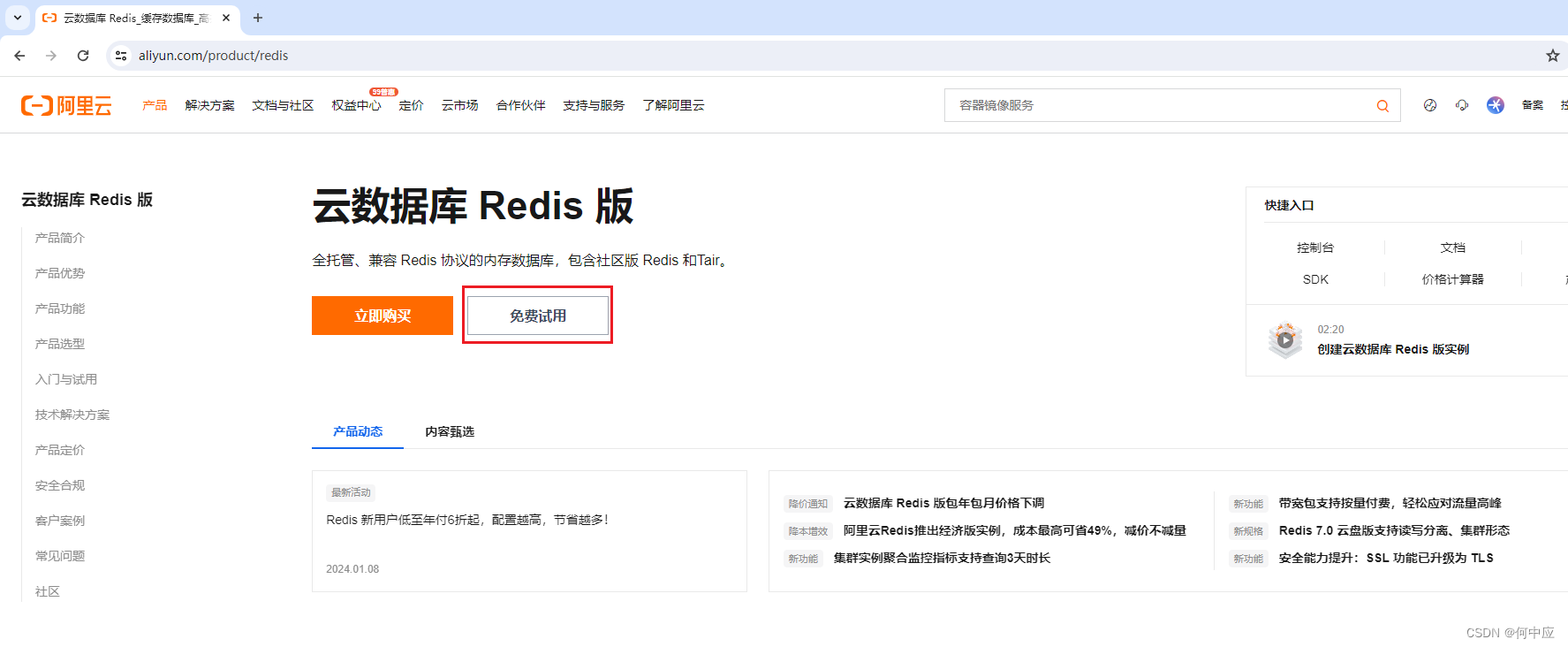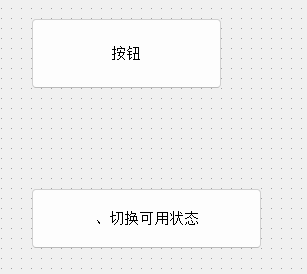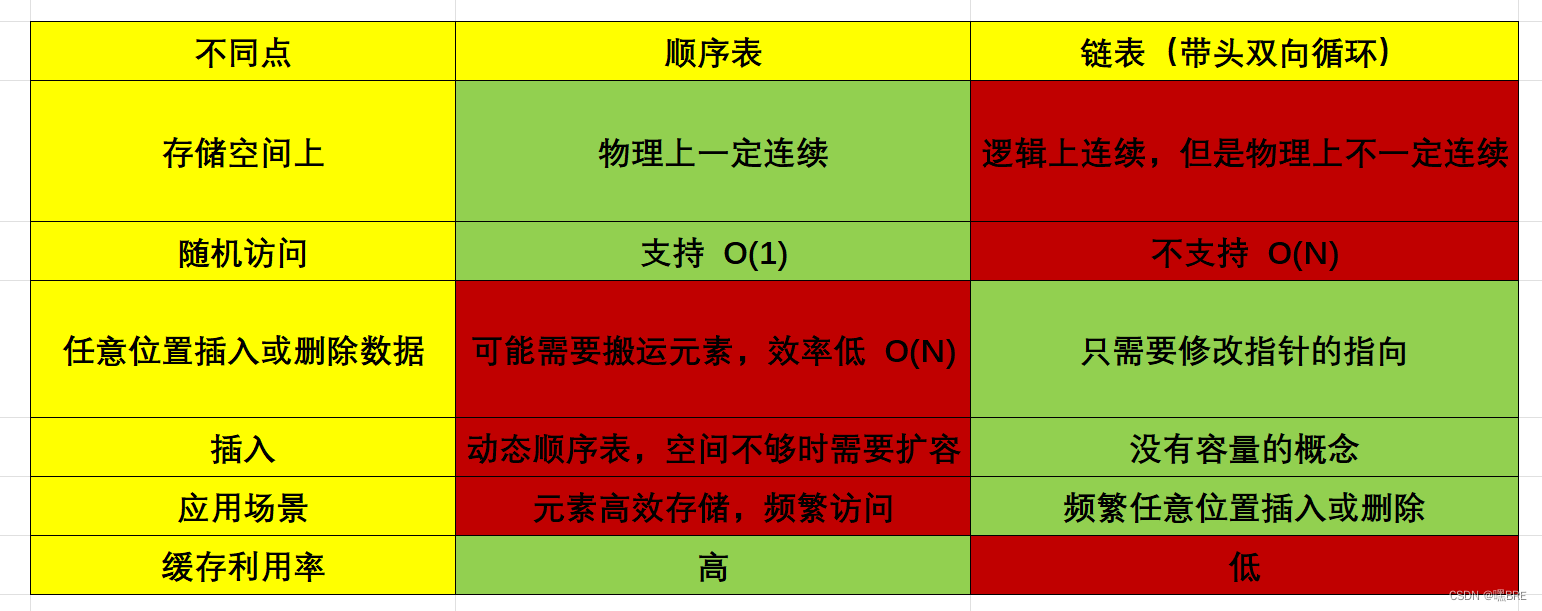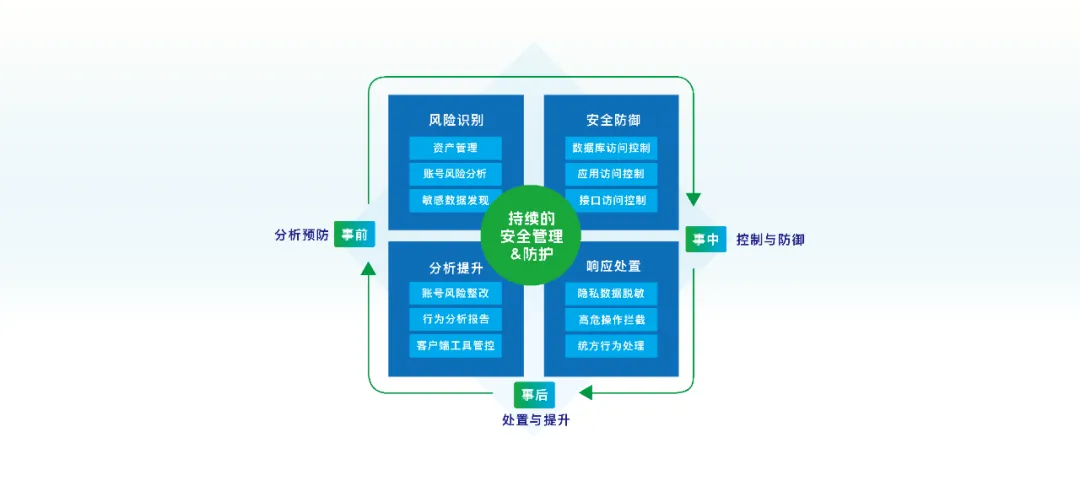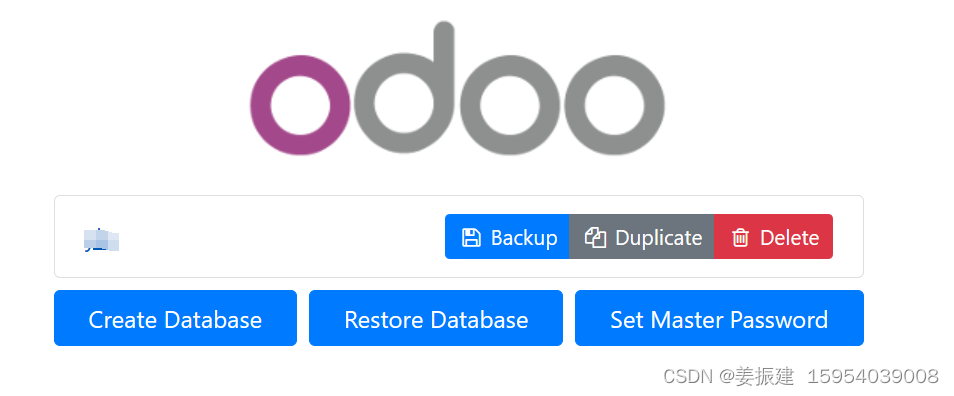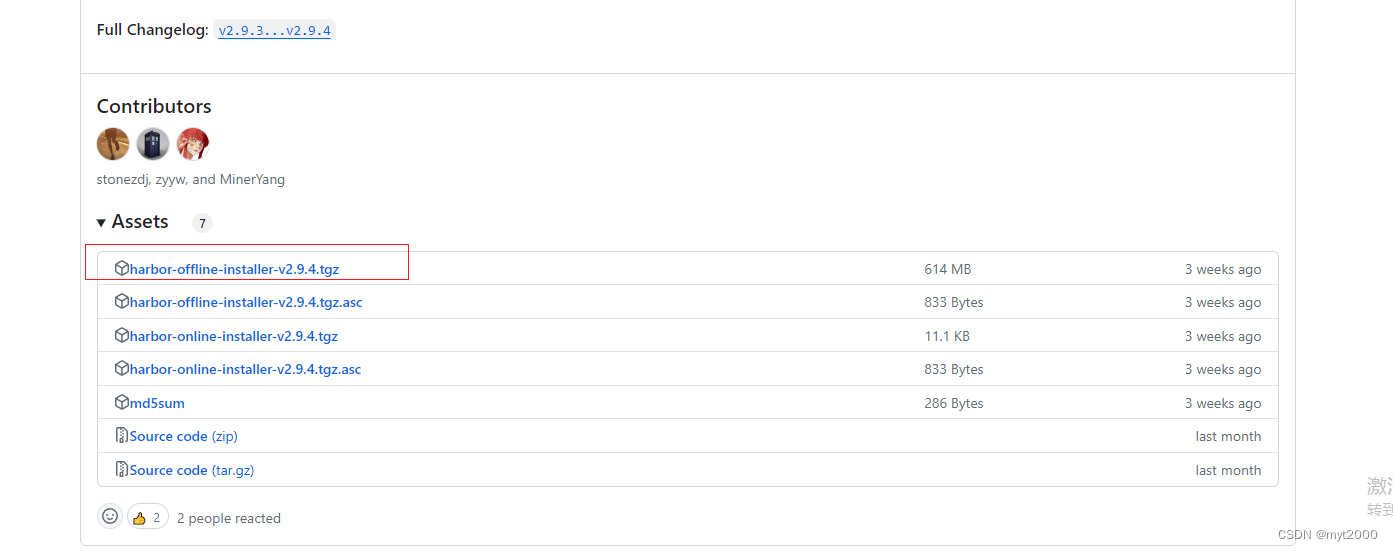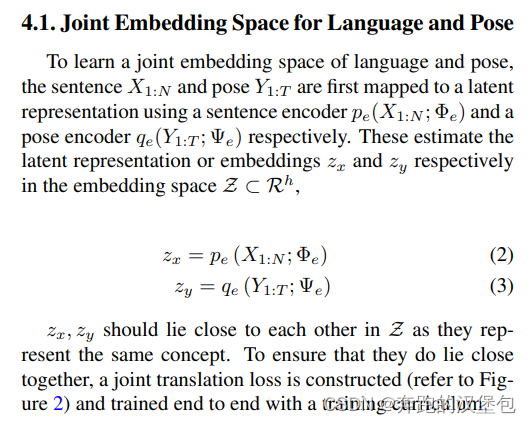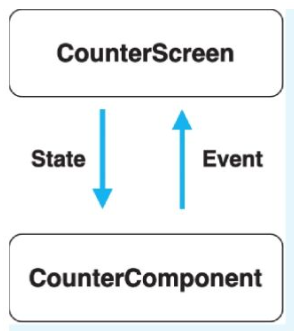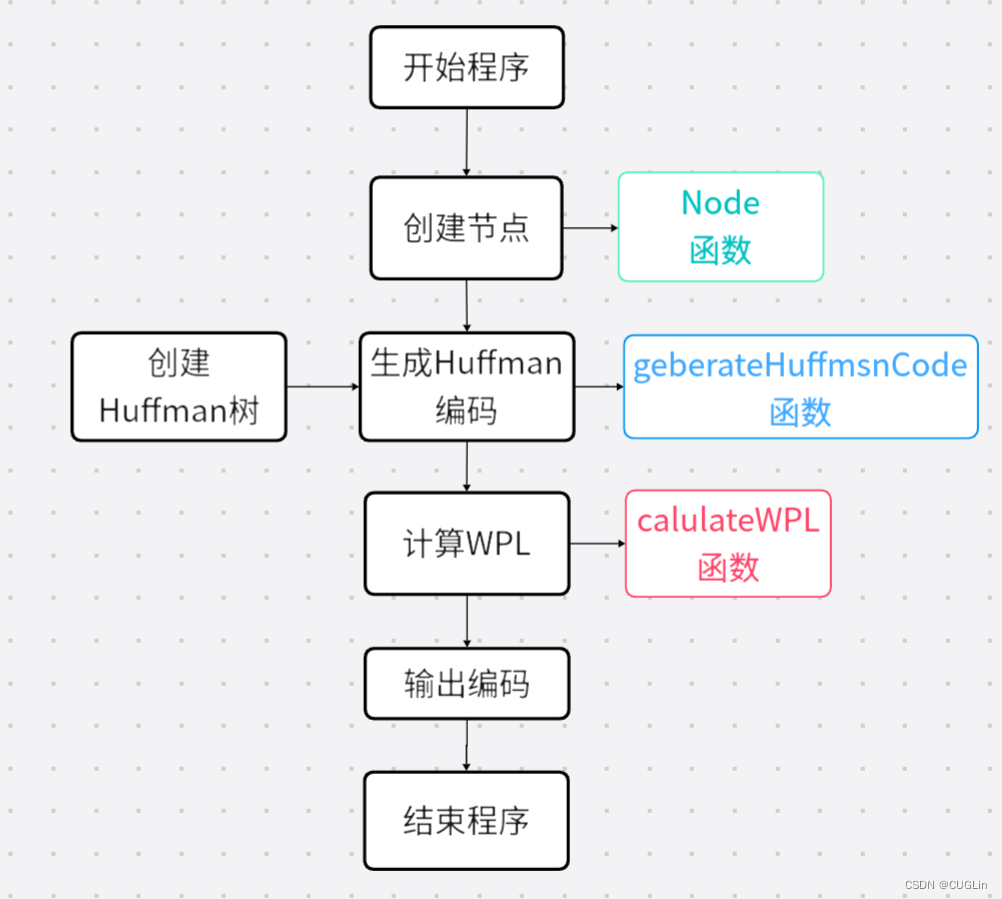目录结构
注:提前言明 本文借鉴了以下博主、书籍或网站的内容,其列表如下:
1、参考书籍:《PostgreSQL数据库内核分析》
2、参考书籍:《数据库事务处理的艺术:事务管理与并发控制》
3、PostgreSQL数据库仓库链接,点击前往
4、日本著名PostgreSQL数据库专家 铃木启修 网站主页,点击前往
5、参考书籍:《PostgreSQL中文手册》
6、参考书籍:《PostgreSQL指南:内幕探索》,点击前往
1、本文内容全部来源于开源社区 GitHub和以上博主的贡献,本文也免费开源(可能会存在问题,评论区等待大佬们的指正)
2、本文目的:开源共享 抛砖引玉 一起学习
3、本文不提供任何资源 不存在任何交易 与任何组织和机构无关
4、大家可以根据需要自行 复制粘贴以及作为其他个人用途,但是不允许转载 不允许商用 (写作不易,还请见谅 💖)
5、本文内容基于PostgreSQL master源码开发而成

文章快速说明索引
学习目标:
做数据库内核开发久了就会有一种 少年得志,年少轻狂 的错觉,然鹅细细一品觉得自己其实不算特别优秀 远远没有达到自己想要的。也许光鲜的表面掩盖了空洞的内在,每每想到于此,皆有夜半临渊如履薄冰之感。为了睡上几个踏实觉,即日起 暂缓其他基于PostgreSQL数据库的兼容功能开发,近段时间 将着重于学习分享Postgres的基础知识和实践内幕。
学习内容:(详见目录)
1、深入理解PostgreSQL数据库之Support event trigger for logoff
学习时间:
2024年05月10日 23:32:16
学习产出:
1、PostgreSQL数据库基础知识回顾 1个
2、CSDN 技术博客 1篇
3、PostgreSQL数据库内核深入学习
注:下面我们所有的学习环境是Centos8+PostgreSQL master+Oracle19C+MySQL8.0
postgres=# select version();
version
------------------------------------------------------------------------------------------------------------
PostgreSQL 17devel on x86_64-pc-linux-gnu, compiled by gcc (GCC) 8.5.0 20210514 (Red Hat 8.5.0-21), 64-bit
(1 row)
postgres=#
#-----------------------------------------------------------------------------#
SQL> select * from v$version;
BANNER Oracle Database 19c EE Extreme Perf Release 19.0.0.0.0 - Production
BANNER_FULL Oracle Database 19c EE Extreme Perf Release 19.0.0.0.0 - Production Version 19.17.0.0.0
BANNER_LEGACY Oracle Database 19c EE Extreme Perf Release 19.0.0.0.0 - Production
CON_ID 0
#-----------------------------------------------------------------------------#
mysql> select version();
+-----------+
| version() |
+-----------+
| 8.0.27 |
+-----------+
1 row in set (0.06 sec)
mysql>
功能使用背景说明
前段时间PostgreSQL合入了Add support event triggers on authenticated login功能,可以看一下本人之前的博客:
- PostgreSQL的学习心得和知识总结(一百三十六)|深入理解PostgreSQL数据库之Add support event triggers on authenticated login,点击前往
于是我跟建平决定实现一版 logoff 的事件触发器,不过因为考虑的不是那么周全 外加社区的态度比较冷淡,该patch属于放弃项。

接下来本着开源分享的目的,我给大家详细介绍一下其使用和实现原理。对此感兴趣的小伙伴可以自行查看邮件列表:
使用案例,如下:
-- src/test/regress/expected/event_trigger_logoff.out
-- Logoff event triggers
CREATE TABLE user_logoffs(id serial, who text);
GRANT SELECT ON user_logoffs TO public;
CREATE FUNCTION on_logoff_proc() RETURNS event_trigger AS $$
BEGIN
INSERT INTO user_logoffs (who) VALUES (SESSION_USER);
END;
$$ LANGUAGE plpgsql;
CREATE EVENT TRIGGER on_logoff_trigger ON logoff EXECUTE FUNCTION on_logoff_proc();
ALTER EVENT TRIGGER on_logoff_trigger ENABLE ALWAYS;
\c
-- Is it enough to wait 100ms to let the logoff event trigger execute?
SELECT pg_sleep(0.1);
pg_sleep
----------
(1 row)
SELECT COUNT(*) FROM user_logoffs;
count
-------
1
(1 row)
\c
SELECT pg_sleep(0.1);
pg_sleep
----------
(1 row)
SELECT COUNT(*) FROM user_logoffs;
count
-------
2
(1 row)
-- Check dathaslogoffevt in system catalog
SELECT dathaslogoffevt FROM pg_database WHERE datname = :'DBNAME';
dathaslogoffevt
-----------------
t
(1 row)
-- Cleanup
DROP TABLE user_logoffs;
DROP EVENT TRIGGER on_logoff_trigger;
DROP FUNCTION on_logoff_proc();
\c
补丁实现原理分析
注:此次的 patch 在实现上和 login 事件触发器非常类似,接下来 重点看一下核心逻辑即可。若有想了解更加详细的内容,请看本人之前的博客!
// src/backend/tcop/postgres.c
/* ----------------------------------------------------------------
* PostgresMain
* postgres main loop -- all backends, interactive or otherwise loop here
*
* dbname is the name of the database to connect to, username is the
* PostgreSQL user name to be used for the session.
*
* NB: Single user mode specific setup should go to PostgresSingleUserMain()
* if reasonably possible.
* ----------------------------------------------------------------
*/
void
PostgresMain(const char *dbname, const char *username)
{
...
/* Fire any defined login event triggers, if appropriate */
EventTriggerOnLogin();
/*
* Register a callback to fire any defined logoff event triggers, if
* appropriate.
*/
if (IsUnderPostmaster)
before_shmem_exit(EventTriggerOnLogoff, 0);
...
}


因为是logoff事件触发器,所以这里选择before_shmem_exit注册EventTriggerOnLogoff函数,其逻辑如下:
// src/backend/storage/ipc/ipc.c
/* ----------------------------------------------------------------
* before_shmem_exit
*
* Register early callback to perform user-level cleanup,
* e.g. transaction abort, before we begin shutting down
* low-level subsystems.
*
* 注册早期回调以执行用户级清理,例如 在我们开始关闭低级子系统之前,事务中止。
* ----------------------------------------------------------------
*/
void
before_shmem_exit(pg_on_exit_callback function, Datum arg)
{
if (before_shmem_exit_index >= MAX_ON_EXITS)
ereport(FATAL,
(errcode(ERRCODE_PROGRAM_LIMIT_EXCEEDED),
errmsg_internal("out of before_shmem_exit slots")));
before_shmem_exit_list[before_shmem_exit_index].function = function;
before_shmem_exit_list[before_shmem_exit_index].arg = arg;
++before_shmem_exit_index;
if (!atexit_callback_setup)
{
atexit(atexit_callback);
atexit_callback_setup = true;
}
}
上述这些回调函数,具体调用的地方 如下:
// src/backend/storage/ipc/ipc.c
/* ------------------
* Run all of the on_shmem_exit routines --- but don't actually exit.
* This is used by the postmaster to re-initialize shared memory and
* semaphores after a backend dies horribly. As with proc_exit(), we
* remove each callback from the list before calling it, to avoid
* infinite loop in case of error.
*
* 运行所有 on_shmem_exit 例程 --- 但实际上并不退出
* 后端严重死机后,postmaster 使用它来重新初始化共享内存和信号量
* 与 proc_exit() 一样,我们在调用每个回调之前从列表中删除它,以避免出现错误时无限循环
* ------------------
*/
void
shmem_exit(int code)
{
shmem_exit_inprogress = true;
/*
* Call before_shmem_exit callbacks.
*
* These should be things that need most of the system to still be up and
* working, such as cleanup of temp relations, which requires catalog
* access; or things that need to be completed because later cleanup steps
* depend on them, such as releasing lwlocks.
*/
elog(DEBUG3, "shmem_exit(%d): %d before_shmem_exit callbacks to make",
code, before_shmem_exit_index);
while (--before_shmem_exit_index >= 0)
before_shmem_exit_list[before_shmem_exit_index].function(code,
before_shmem_exit_list[before_shmem_exit_index].arg);
before_shmem_exit_index = 0;
...
}
最后再看一下EventTriggerOnLogoff函数的实现,如下(该函数实现上类似于函数EventTriggerOnLogin):
// src/backend/commands/event_trigger.c
/*
* Fire logoff event triggers if any are present. The dathaslogoffevt
* pg_database flag is left unchanged when an event trigger is dropped to avoid
* complicating the codepath in the case of multiple event triggers. This
* function will instead unset the flag if no trigger is defined.
*/
void
EventTriggerOnLogoff(int code, Datum arg)
{
List *runlist;
EventTriggerData trigdata;
/*
* See EventTriggerDDLCommandStart for a discussion about why event
* triggers are disabled in single user mode or via a GUC. We also need a
* database connection (some background workers don't have it).
*/
if (!IsUnderPostmaster || !event_triggers ||
!OidIsValid(MyDatabaseId) || !MyDatabaseHasLogoffEventTriggers)
return;
StartTransactionCommand();
runlist = EventTriggerCommonSetup(NULL,
EVT_Logoff, "logoff",
&trigdata, false);
if (runlist != NIL)
{
/*
* Event trigger execution may require an active snapshot.
*/
PushActiveSnapshot(GetTransactionSnapshot());
/* Run the triggers. */
EventTriggerInvoke(runlist, &trigdata);
/* Cleanup. */
list_free(runlist);
PopActiveSnapshot();
}
/*
* There is no active logoff event trigger, but our
* pg_database.dathaslogoffevt is set. Try to unset this flag. We use the
* lock to prevent concurrent SetDatabaseHasLogoffEventTriggers(), but we
* don't want to hang the connection waiting on the lock. Thus, we are
* just trying to acquire the lock conditionally.
*/
else if (ConditionalLockSharedObject(DatabaseRelationId, MyDatabaseId,
0, AccessExclusiveLock))
{
/*
* The lock is held. Now we need to recheck that logoff event triggers
* list is still empty. Once the list is empty, we know that even if
* there is a backend which concurrently inserts/enables a logoff event
* trigger, it will update pg_database.dathaslogoffevt *afterwards*.
*/
runlist = EventTriggerCommonSetup(NULL,
EVT_Logoff, "logoff",
&trigdata, true);
if (runlist == NIL)
{
Relation pg_db = table_open(DatabaseRelationId, RowExclusiveLock);
HeapTuple tuple;
Form_pg_database db;
ScanKeyData key[1];
SysScanDesc scan;
/*
* Get the pg_database tuple to scribble on. Note that this does
* not directly rely on the syscache to avoid issues with
* flattened toast values for the in-place update.
*/
ScanKeyInit(&key[0],
Anum_pg_database_oid,
BTEqualStrategyNumber, F_OIDEQ,
ObjectIdGetDatum(MyDatabaseId));
scan = systable_beginscan(pg_db, DatabaseOidIndexId, true,
NULL, 1, key);
tuple = systable_getnext(scan);
tuple = heap_copytuple(tuple);
systable_endscan(scan);
if (!HeapTupleIsValid(tuple))
elog(ERROR, "could not find tuple for database %u", MyDatabaseId);
db = (Form_pg_database) GETSTRUCT(tuple);
if (db->dathaslogoffevt)
{
db->dathaslogoffevt = false;
/*
* Do an "in place" update of the pg_database tuple. Doing
* this instead of regular updates serves two purposes. First,
* that avoids possible waiting on the row-level lock. Second,
* that avoids dealing with TOAST.
*
* It's known that changes made by heap_inplace_update() may
* be lost due to concurrent normal updates. However, we are
* OK with that. The subsequent connections will still have a
* chance to set "dathaslogoffevt" to false.
*/
heap_inplace_update(pg_db, tuple);
}
table_close(pg_db, RowExclusiveLock);
heap_freetuple(tuple);
}
else
{
list_free(runlist);
}
}
CommitTransactionCommand();
}

注:SetDatabaseHasLogoffEventTriggers有一处不同于SetDatabaseHasLoginEventTriggers,如下:
/*
* Set pg_database.dathaslogoffevt flag for current database indicating that
* current database has on logoff event triggers.
*/
void
SetDatabaseHasLogoffEventTriggers(void)
{
/* Set dathaslogoffevt flag in pg_database */
Form_pg_database db;
Relation pg_db = table_open(DatabaseRelationId, RowExclusiveLock);
HeapTuple tuple;
/*
* Use shared lock to prevent a conflict with EventTriggerOnLogoff() trying
* to reset pg_database.dathaslogoffevt flag. Note, this lock doesn't
* effectively blocks database or other objection. It's just custom lock
* tag used to prevent multiple backends changing
* pg_database.dathaslogoffevt flag.
*/
LockSharedObject(DatabaseRelationId, MyDatabaseId, 0, AccessExclusiveLock);
tuple = SearchSysCacheCopy1(DATABASEOID, ObjectIdGetDatum(MyDatabaseId));
if (!HeapTupleIsValid(tuple))
elog(ERROR, "cache lookup failed for database %u", MyDatabaseId);
db = (Form_pg_database) GETSTRUCT(tuple);
if (!db->dathaslogoffevt)
{
db->dathaslogoffevt = true;
CatalogTupleUpdate(pg_db, &tuple->t_self, tuple);
CommandCounterIncrement();
/* take effect for the current session */
MyDatabaseHasLogoffEventTriggers = true; /* ----- here ----- */
}
table_close(pg_db, RowExclusiveLock);
heap_freetuple(tuple);
}




















